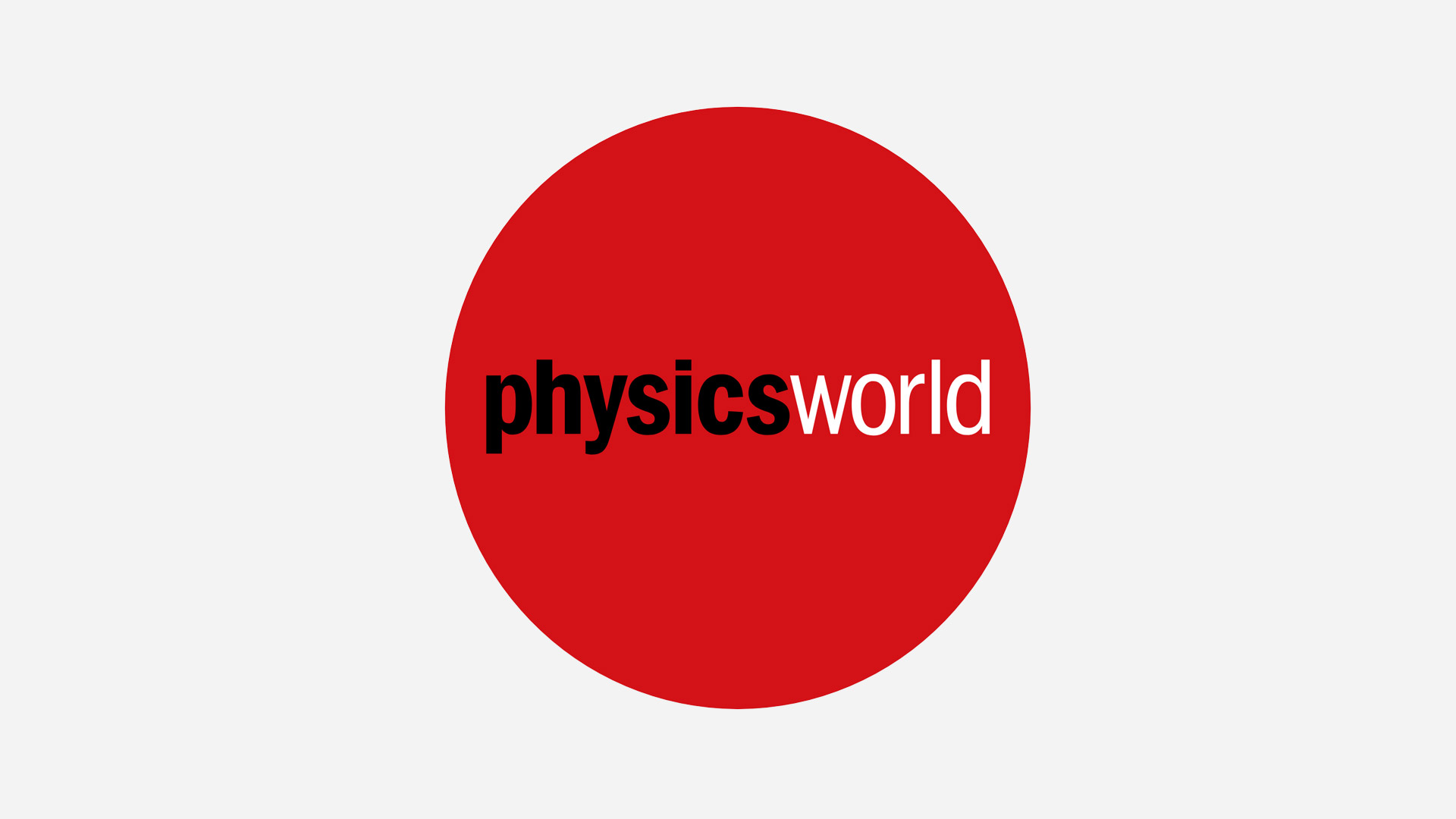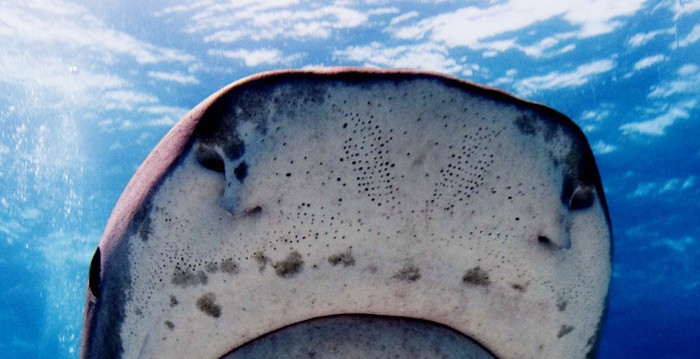 Read article: Chiral molecules spotted in interstellar cloud
Read article: Chiral molecules spotted in interstellar cloud
Chiral molecules spotted in interstellar cloud
Possible precursors of life detected outside of the solar system for the first time
Thank you for registering with Physics World
If you'd like to change your details at any time, please visit My account
I am an online editor of Physics World. I did a PhD in condensed-matter physics at McMaster University in Canada. I am still fascinated by what is an extremely rich and varied subject that I believe is ignored by the media (Physics World excepted, of course). As a result, I’m happiest when I’m blogging about topological insulators, the latest quasiparticle or some other quirk of condensed matter. So, if you spot something weird and wonderful in solid-state physics, please get in touch. In my spare time I am a Scout leader.
 Read article: Chiral molecules spotted in interstellar cloud
Read article: Chiral molecules spotted in interstellar cloud
Possible precursors of life detected outside of the solar system for the first time

Excerpts from the Red Folder
Breakthrough could lead to better atomic clocks

Nihonium, moscovium, tennessine and oganesson coming to a periodic table near you

Test mass is undisturbed as it floats through space
 Read article: New Horizons lifts the lid on Pluto’s peculiar polygons
Read article: New Horizons lifts the lid on Pluto’s peculiar polygons
Convection cells create the patchwork surface of Sputnik Planum, say scientists
 Read article: Killer asteroid bust-up, exposing academic plagiarism, #IAmAPhysicist and more
Read article: Killer asteroid bust-up, exposing academic plagiarism, #IAmAPhysicist and more
Excerpts from the Red Folder
 Read article: Skateboard videos reveal the physics of doing an ‘ollie’
Read article: Skateboard videos reveal the physics of doing an ‘ollie’
Image modelling brings free-body diagrams to life
 Read article: Coherent terahertz radiation created in laser plasmas
Read article: Coherent terahertz radiation created in laser plasmas
New technique could lead to intense tabletop terahertz sources
 Read article: Protons swim with ease through shark jelly
Read article: Protons swim with ease through shark jelly
Discovery could help to explain how some fish detect tiny electric fields